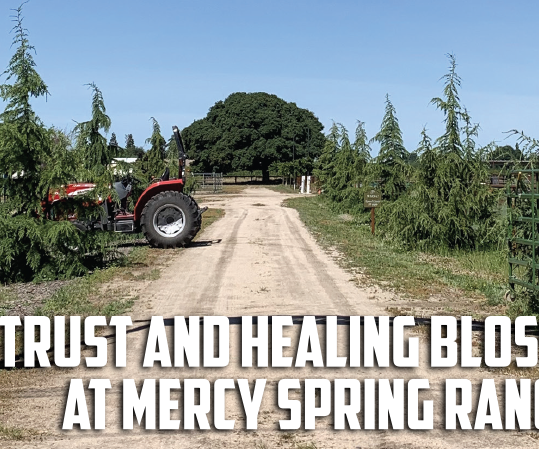It’s spring and that means gardeners all over the area are turning their eyes to the empty dirt plots and container beds and dreaming about the bountiful veggies and blooming bouquets that will beckon them come summer.
Gardeners routinely ponder what types of flora will catch their fancy as planting season begins, but this year comes with an added question: Will there be enough water to keep the plants alive and thriving?
There is some uncertainty of how the current water situation will trickle down to the homestead garden, but that doesn’t mean gardeners have to let their plots go fallow this year. With a bit of planning and a little extra attention, gardeners can put in a crop that can be sustained during the dry days of summer.
Morning is the optimal time to water a garden. Evaporation is at its slowest point, giving your plants a better opportunity to soak up the moisture. Plus a good drink in the morning can keep your plants thriving during the hot afternoon sun.
When watering by hand it’s important to keep the water close to the ground to avoid a spray that’s prone to evaporation. If it’s within your budget, consider putting in a drip irrigation system.
“It’s the most efficient way to water because it gets the water right where it needs to be,” said Ron Hoffmann, owner of Morris Nursery in Riverbank.
Make use of a moisture meter. Once plants are passed the seeding stage you can put them on a schedule that has them watered only when the top inch of soil is dry.
Mulch is your new best friend. Apply a 3 to 4 inch layer of fine mulch on top of the soil to keep it cooler and prevent it from drying out quickly under the direct sun.
“A good layer of mulch can keep 30 percent more of your water from evaporating, and gives it a chance to soak in” Hoffmann said.
Weeds are not your friend. Long the bane of gardeners everywhere, weeds become an even bigger nuisance in a drought situation for the simple reason that they’re stealing water from your plants. Pull them as they pop up to keep them from sapping your crop dry.
Let your plants get neighborly. Grouping more plants together makes for a more efficient use of water, especially as the plants grow and the leaves create a shade canopy, lessening evaporation. When planting in a container it’s good sense to grow plants with similar watering needs together, says Hoffmann.
Take a look at drought tolerant plants, but don’t expect them to fair well immediately without frequent watering. Even drought tolerant plants need some time, like 18 months to two years, to establish a deep enough root system to survive on less water.
Drought tolerant plantsSanta Barbara CeanothusA large shrub with a dense mass of dark wrinkled green leaves, covered with deep blue flower clusters in early spring, mostly March to April. Requires good drainage and infrequent to no summer watering, can be temperamental, preferring sun to partial sun exposure. 6-10’h x 6-10’w
Tree PoppyLarge shrub with linear gray foliage and showy bright yellow, poppy-like flowers that bloom from February to June. Thrives in dry, well-drained soil, can adapt to various soil conditions. Good for banks, roadsides, preferring sun to partial sun exposure. Prune back after flowering to control untidy wild growth pattern. 3-10’h x 4-8’w
Golden Yarrow
An abundant perennial small shrub found naturally at the base of cliffs in rock crevasses, preferring sun exposure. Finely leafed foliage, green above and woolly below. Blossoms are clusters of yellow flowers, displayed from March to August, attractive to butterflies. 2-4’h x 1-4’w
Found naturally in chaparral and coastal sage scrub zones, this perennial is a perfect choice for drought tolerant gardens. Truly spectacular lavender-pink-purple flowers, April to June, are found on two-foot spikes above coarse textured leaves. May naturalize and prefers sun to partial sun exposure. Attractive to hummingbirds. 2-3’h x 3’w





